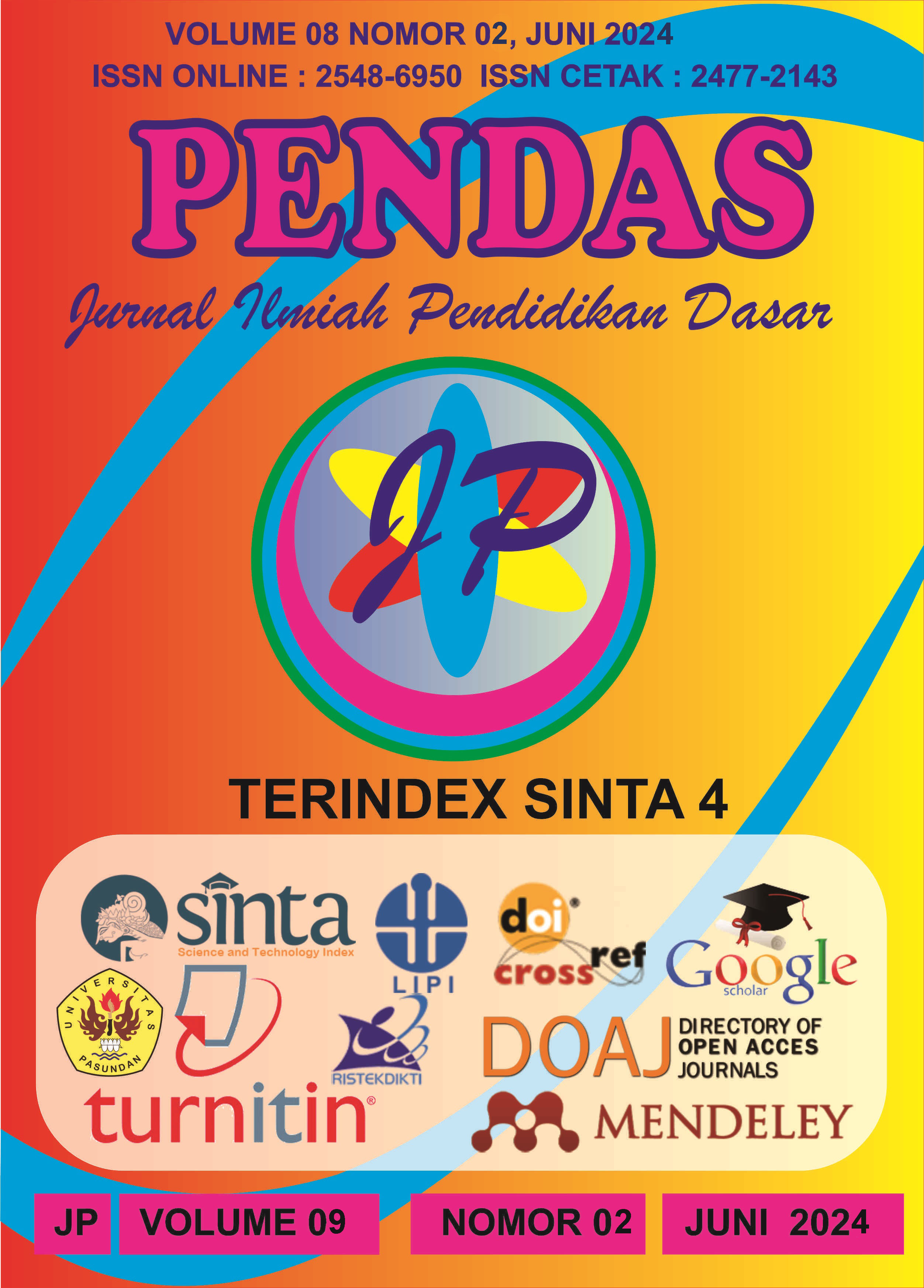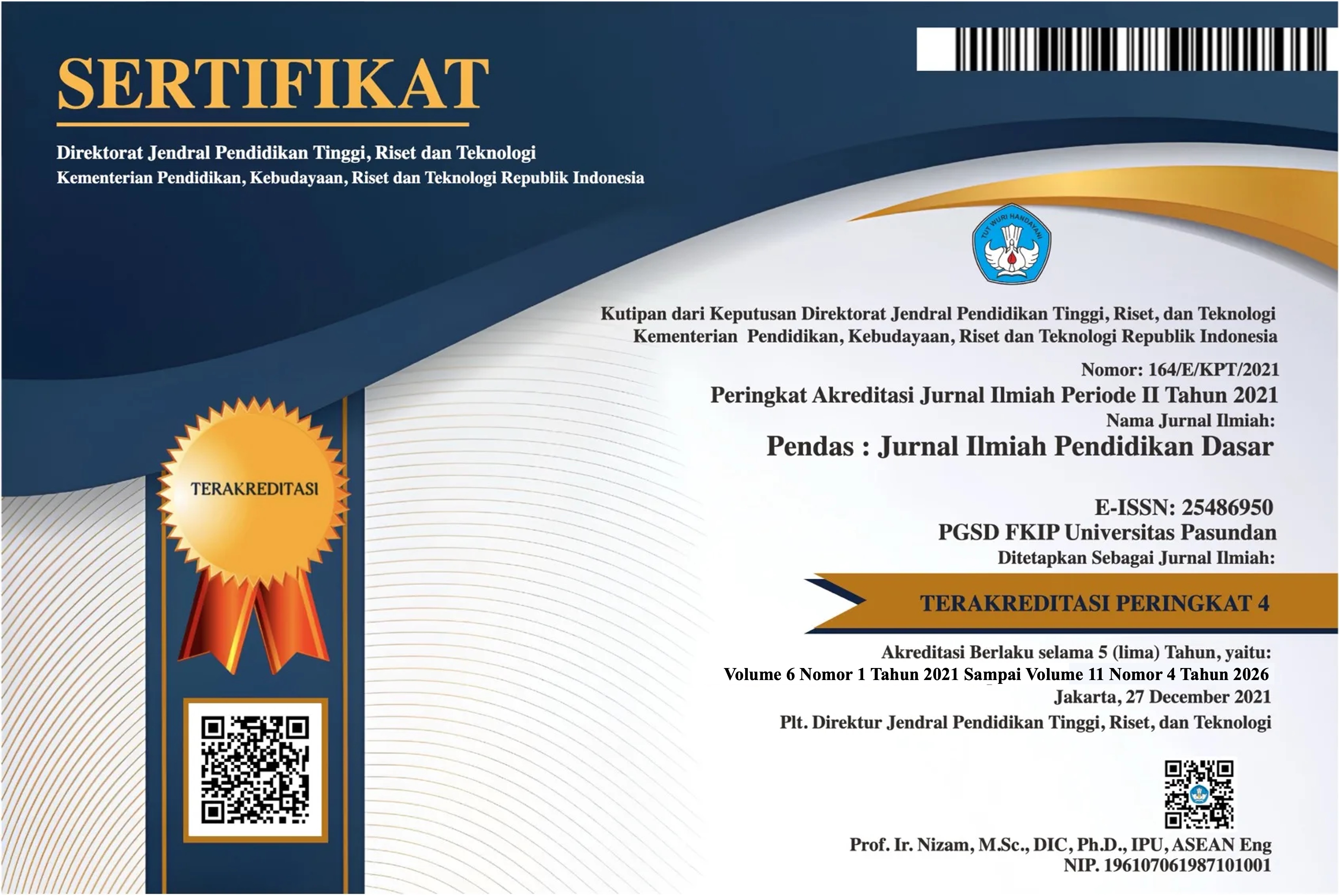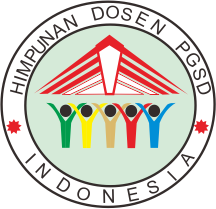PENINGKATAN HASIL BELAJAR PESERTA DIDIK KELAS X TFLM 1 MELALUI MODEL PEMBELAJARAN PROBLEM BASED LEARNING (PBL)
DOI:
https://doi.org/10.23969/jp.v9i2.13942Keywords:
Students, PBL, Interests, Motivation, Learning ResultsAbstract
Vocational education plays a crucial role in preparing the younger generation to enter the job market with the appropriate skills. As industry and technology develop, learning methods in vocational education also important transformations. The transition from conventional approaches that emphasize direct teaching to more collaborative and contextual methods is a significant development. However, this development also raises challenges for vocational education, especially regarding the suitability between the learning methods used and the preferences and needs of students. This mismatch results in students minimal interest and motivation which affects the level of student involvement in the learning process causing low learning outcomes. As a solution to this challenge, classroom action research on the kemiss and taggarat models was carried out regarding the application of the Problem Based Learning (PBL) model which allows students actively involved in solving real problems with the aim of finding out the influence on learning outcomes in class X TFLM 1 which shows the results in precycle, students obtained the highest result of 84 with the lowest score of 63 and an average of 76. Then, in cycle 1, the highest score increased to 89 with the lowest score of 74 and an average of 79. Furthermore, at the end of cycle 2, there was an increase furthermore, with the highest score reaching 92, the lowest score 78, and the average 82. Thus, the application of Problem Based Learning (PBL) is effectively in learning to increase the interest, motivation and learning outcomes of students in class X TFLM 1.Downloads
References
Alan, U. F., & Afriansyah, E. A. (2017). Kemampuan Pemahaman Matematis Siswa Melalui Model Pembelajaran Auditory Intellectualy Repetition dan Problem Based Learning. Jurnal Pendidikan Matematika, 11(1). https://doi.org/10.22342/jpm.11.1.3890.67-78.
Anugraheni, I. (2018). Meta Analisis Model Pembelajaran Problem Based Learning dalam Meningkatkan Keterampilan Berpikir Kritis di Sekolah Dasar. A Journal of Language, Literature, Culture, and Education Polyglot, 14(1), 9–18. https://ojs.uph.edu/index.php/PJI/article/view/789.
Farhan, M., & Retnawati, H. (2014). Keefektifan PBL dan IBL Ditinjau dari Prestasi Belajar, Kemampuan Representasi Matematis, dan Motivasi Belajar. Jurnal Riset Pendidikan Matematika, 1(2), 227. https://doi.org/10.21831/jrpm.v1i2.2678.
Hamalik, O. (2011). Proses belajar mengajar. Jakarta: Bumi Aksara.
Hasrul Bakri. (2009). Peningkatan minat belajar praktek menggulung trafo melalui pendekatan pembelajaran berbasis masalah (PBL) pada siswa Smk Negeri 3 Makassar. Jurnal Medtek Vol 1 Nomor 1 April, 2-8.
Malmia, W., Makatita, S. H., Lisaholit, S., Azwan, A., Magfirah, I., Tinggapi, H., & Umanailo, M. C. B. (2019). Problem-Based Learning as An Effort to Improve Student Learning Outcomes. International Journal of Scientific and Technology Research, 8(9), 1140–1143. https://doi.org/10.5281/zenodo.3457426.
Nafiah, Y. N., & Suyanto, W. (2014). Penerapan Model Problem-Based Learning untuk Meningkatkan Keterampilan Berpikir Kritis dan Hasil Belajar Siswa. Jurnal Pendidikan Vokasi, 4(1), 125–143. https://doi.org/10.21831/jpv.v4i1.2540.
Nugraha, M. I., Tuken, R., & Hakim, A. (2021). Penerapan Model Pembelajaran Project Based Learning untuk Meningkatkan Hasil Belajar pada Siswa Sekolah Dasar. Pinisi Journal Of Education, 1(2). https://ojs.unm.ac.id/PJE/article/view/25908.
Nursa’ban, E., Masykuri, M., & Yamtinah, S. (2019). Improving Student Learning Outcomes in Science Subjects through The Implementation of PBL-Based Module. Jurnal Pendidikan Biologi Indonesia, 5(2), 269–276. https://doi.org/10.22219/jpbi.v5i2.7534.
Sanjaya, W. (2006). Strategi Pembelajaran Berorientasi Standar Proses Pendidikan. Jakarta: Kencana Prenadamedia Group.
Kemmis, S., & McTaggart, R. (1988).The Action Research Planner.Deakin University Press.
Sutirman. (2013). Media dan Model-Model Pembelajaran Inovatif. Yogyakarta : Graha Ilmu.
Syahid, L., Djabba, R., & Mukhlisa, N. (2021). Penerapan Model Pembelajaran Auditory Intellectually Repetition untuk Meningkatkan Hasil Belajar Siswa Sekolah Dasar di Kabupaten Barru. Pinisi Journal Of Education, 1(2). https://ojs.unm.ac.id/PJE/article/view/25981.
Tabroni, Syukur, M., & Indrayani. (2022). Penerapan Model Pembelajaran Problem Based Learning untuk Meningkatkan Hasil Belajar Siswa pada Mata Pelajaran Ilmu Pengetahuan Sosial Materi Bentuk-Bentuk Mobilitas Sosial Kelas VIII-B SMP Negeri 4 Rokan IV Koto Kab. Rokan Hulu Riau. Jurnal Pemikiran Dan Pengembangan Pembelajaran, 4(2), 261–266. http://ejournal-jp3.com/index.php/Pendidikan/article/view/409/253.
Teknologi Mekanik Dengan Metode Problem Based Learning. Jurnal Pendidikan Teknologi dan Kejuruan. 22(4). 396-400.
Widyaningrum, R. (2018). Analisis Kebutuhan Pengembangan Model Pembelajaran Berbasis Etnosains untuk Meningkatkan Kualitas Pembelajaran IPA dan Menanamkan Nilai Kearifan Lokal Siswa Sekolah Dasar. Widya Wacana: Jurnal Ilmiah, 13(2). https://doi.org/10.33061/ww.v13i2.2257
Yuswono, LC., Martubi., & Sukaswanto. (2014). Profil Kompetensi Guru Sekolah Menengah Kejuruan Teknik Otomotif di Kabupaten Sleman. Jurnal Pendidikan Teknologi dan Kejuruan. 22(2). 173-183.
Downloads
Published
Issue
Section
License
Copyright (c) 2024 Pendas : Jurnal Ilmiah Pendidikan Dasar

This work is licensed under a Creative Commons Attribution 4.0 International License.



















